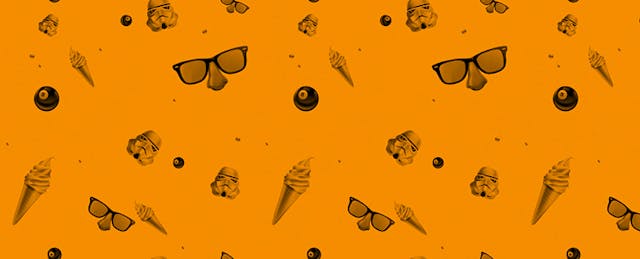Trends change with the season. And in education technology, no one does a more persistent job of tracking these shifting patterns than the New Media Consortium. Last week, the Austin, TX-based organization gave a sneak peek at the 2014 K-12 Horizon Report, which projects fast, mid-range and long-range edtech adoption trends. Here are this year's forecasts--and the first thing that came to our mind, based on what we've been reporting on:
Fast (1-2 years)
- Rethinking the role of teachers; (and let's not forget how we train and support them for these new roles!)
- Shift to deep learning approaches; (buzzword warning: "Challenge-Based Learning")
Mid-range (3-5 years)
- Increasing focus on OER content; (seems like this is always on the horizon...)
- Increasing use of hybrid learning designs; (what's the difference between "blended" and "hybrid," you ask?)
Long-range (5+ years)
- Rapid acceleration of Intuitive Technology; (beginning with Oculus Rift...at your local Chuck E. Cheese?)
- Rethinking "How Schools Work" (newsflash: Already. Happening.)
The report also lists obstacles to adopting these wonderful technologies and practices:
Solvable Challenges
- Creating "Authentic Learning Opportunities";
- Integrating personalized learning;
Difficult Challenges (for which solutions are "elusive")
- Complex thinking and communication;
- Increased privacy concerns;
Wicked Challenges ("Those that are complex to even define, much less address")
- Competition from new models of education;
- Keeping formal education relevant.
The report preview concludes with a forecast for when specific technologies will make their way in K-12 education. Here, it's useful to compare and contrast the 2014 predictions with those from previous years. (Someone has to hold meteorologists accountable, right?)
| 2014 | 2013 (PDF) | 2012 (PDF) |
| One Year or Less | ||
| BYOD Cloud Computing |
Cloud Computing Mobile Learning |
Mobile and Apps Tablet Computing |
| Two to Three Years | ||
| Games and Gamification Learning Analytics |
Learning Analytics Open Content |
Game-Based Learning Personalized Learning Environments |
| Four to Five Years | ||
| The Internet of Things Wearable Technology |
3D Printing Virtual and Remote Labs |
Augmented Reality Natural User Interfaces |


